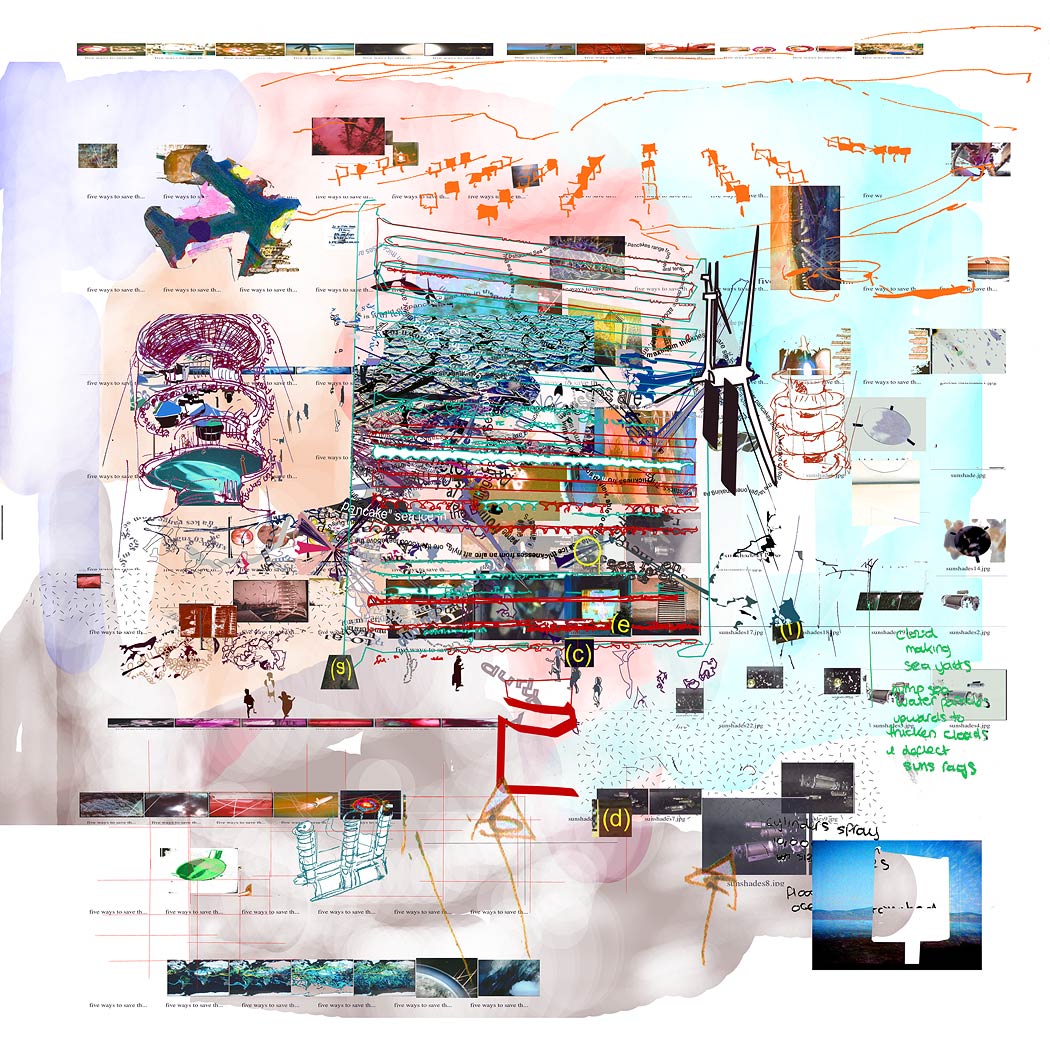“It is undoubtedly continuity which defines the compossibility of each world; and if the real world is the best, this is to the extent that it presents a maximum of continuity in a maximum number of cases, in a maximum number of relations and distinctive points.” Gilles Deleuze

This quote by Deleuze is a very complex statement on a very natural state of continuity and it is a state we are becoming readily familiar with through social media communication. Simply put, at the centre of each ‘world’, which is each of us, is collected a series of things (perceptions, object, memories, experiences etc.) which expands in all directions colliding and mingling with other worlds, (everyone else). This mingling is compossibility and we are fast becoming experts in it without really realising it.
This statement also suggests that our perceptions now are being formed by more than direct sensory experiences but also by data input in a compossible world, a world we don’t actually experience first-hand, but by proxy through the experience of others. The trouble with this is we are easily fooled, as discussed in ‘How fake images change our memories and behaviour’ by Rose Eveleth for the BBC’s Future magazine.
In my interview with Sandra Crisp, Memory Surfaces, I asked her about the implications of Deleuze’s statement:
JB: “It is undoubtedly continuity which defines the compossibility of each world; and if the real world is the best, this is to the extent that it presents a maximum of continuity in a maximum number of cases, in a maximum number of relations and distinctive points.”[1] This quote by Gilles Deleuze from Difference and Repetition suggests it’s a collective consciousness in perception which allows us to comprehend our world, do you feel our digital age helps or hinders our sense of continuity (memory) and ultimately our sense of self when information appears and disappears so rapidly online? Is it possible this rapid change in information thrusts us back into the ‘truth’ of physicality?
SC: What we have online at the moment is the continuous and rapid shift of information: Text, images, video and even entire web pages suddenly appearing then disappearing. Deletions with no warning – error 404 messages: ‘Page not Found’. Continual updates; all these create a sense of fragmentation and impermanence, and discontinuity. Printed books in the physical world are fixed and unchanging, we can rely on their information stability, each time we take them from the shelf they are the same as before. So this state of information transience is very much a modern phenomenon connected to the information age. In the past, a shift from oral to book cultures required people to process information differently; today many people now communicate and receive information via TV, radio, and Internet, electronic media rather than books. Therefore, I am not sure that any more ‘truth’ can be said to reside in the physical world than virtual, that this is any more contiguous. As with any new technology, it will change us and we need to learn how to use such new communication media wisely, to adapt to the apparent discontinuity, to interact with, and process the information bombarding us in meaningful ways. At the moment digital online communication is nascent, we are living in really interesting times where things are still developing. At the moment it may thrust us back into the continuity of the physical world but eventually in the future it may not.
You can find this exchange with Sandra in the full version of our interview, available in the This ‘Me’ of Mine companion book. Find out more about the book on our blogsite. Read our excerpted interview here.
[1] Difference and Repetition, Giles Deleuze, Continuum Books, 2004, pg.58

One thought on “Compossible Worlds”